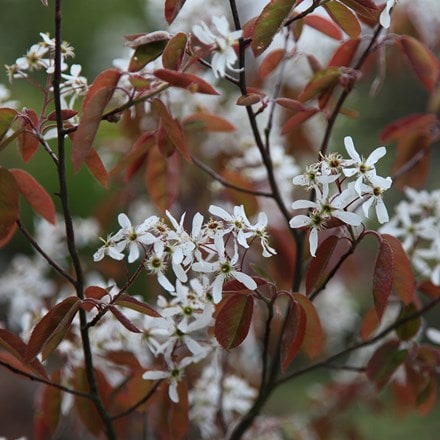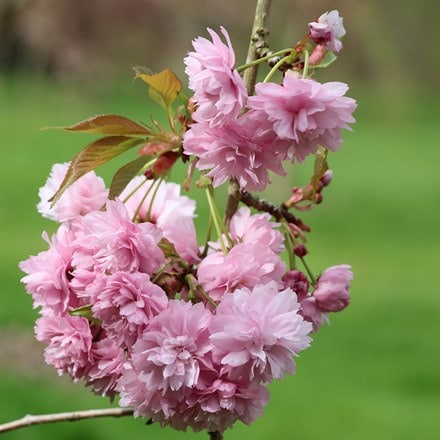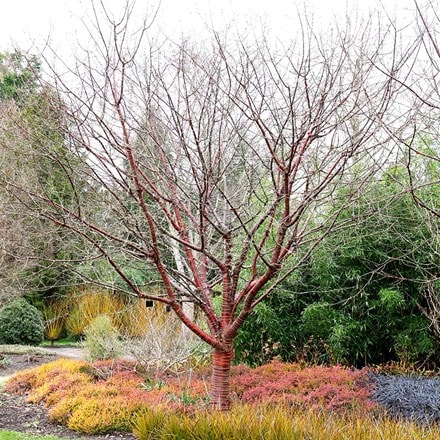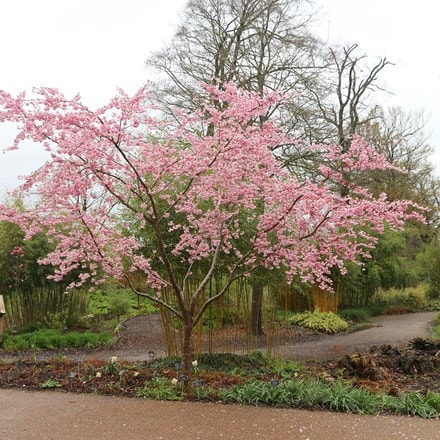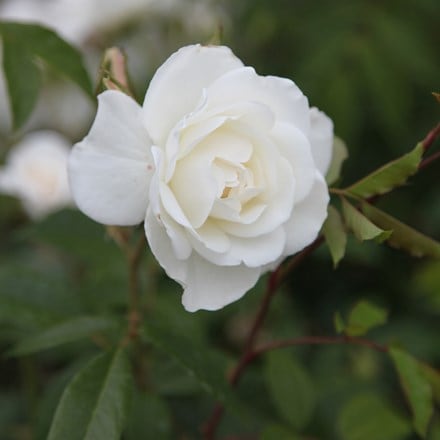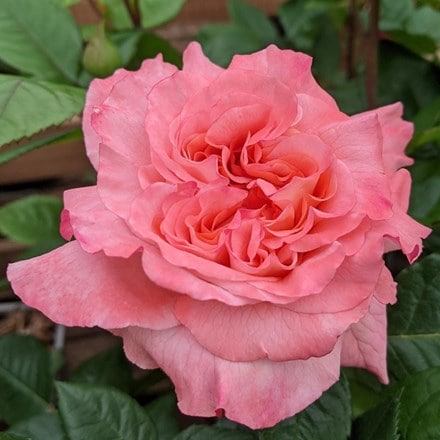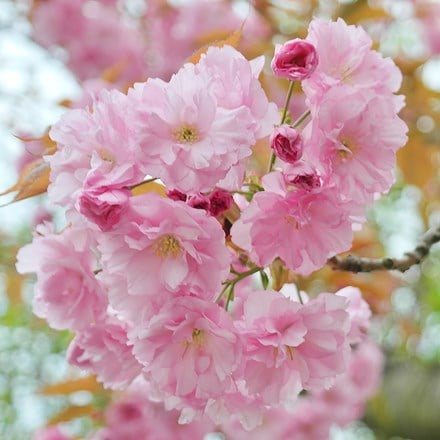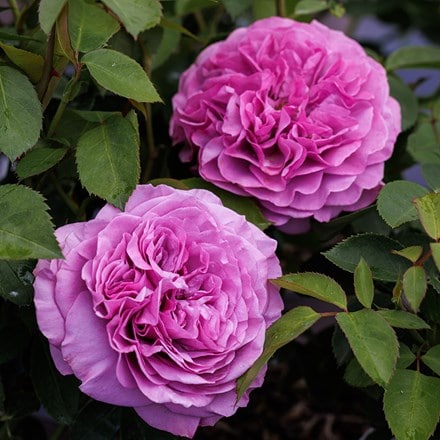
Written by: Crocus Head Gardener Ashley Edwards
Autumn and winter are the best times for planting trees and shrubs. Warm soil means that roots have the chance to establish whilst the plants are dormant. There are several benefits to choosing bare root plants over containerised plants:


Benefits of bare root planting
Cost effective - you can save anything from 30-50% off the price of bareroot vs a container plant. This is of course depending on what type and size of plant you're looking at purchasing.
Light and easy to handle - due to the lack of heavy soil, you may find bareroot plants a lot more manageable to handle. They can be especially useful if you need a significant number of plants (hedging plants would be one example).
Better root establishment - plants are not at risk of being pot bound and may get their roots into the soil quicker as a result.
Less plastic - in a time where we are trying to cut down on single use plastics, bareroot plants offer a choice of less packaging and often come wrapped in sustainable materials.
Wider range - you may get specialised cultivars as bareroot that you won't find elsewhere.
Environmental benefit - bareroot plants need less resources in the nursery field and are lighter and less bulky meaning transportation emissions are also reduced.


How to plant bare root plants
Although bareroot plants are easy for all gardeners, there are a few things to consider when choosing them. You will need to plant as soon as possible, so preparation is key - get your beds and borders ready before your plants arrive. Although the roots are quick to establish, the growth rate above ground may appear slower in the first year and flowering plants may delay blooms until the second year depending on what you're planting. Peonies for example can take 2-3 years to bloom if planted bareroot vs containerised. Some roses, especially the floribundas, may flower better in their second year due to root disturbance, but will establish well once settled.
Bareroot planting is particularly good for fruit trees and bushes, deciduous trees and shrubs, hedging plants, roses and herbaceous perennials like hosta, peonies, daylilies, asparagus and rhubarb. With the right planting technique, these plants will quickly establish in your garden.
As soon as your bare root plants arrive, unbox them and submerge the roots in a bucket of water for at least 2 hrs before planting. If you need to delay planting you can ‘heel-in’ your plant in a shady spot by digging a slit trench and loosely covering the plants roots over. This will keep the plant suitably moist until you get around to planting, but don't leave it for more than a few days and beware of heavy frosts and drying winds. Deciduous trees and shrubs are tougher and can last a few weeks heeled in, as long as there aren't heavy frosts which can kill roots. Basically, the sooner you can get them in the ground proper, the better!
Whilst soaking your plant dig the hole (or trench in the case of hedging) ready for planting. The hole should be wide enough to allow all the roots to spread out and the plant should sit no deeper than the nursery collar (where the roots flare out from the stem). If you mound the soil in the centre of the planting hole, you can get the level right whilst allowing the roots to be buried slightly deeper, this will help stabilise the plant. If planting a hedge you can stagger the plants in a double line, around 40-50 cm apart, which will create a fuller effect.
Next backfill your hole with soil and firm the plant in gently, using your heel, to get rid of any air pockets. You want to avoid compacting the soil, but if you gently tug at your plant, it shouldn't lift out of the planting hole. You could also try the puddling technique where you fill the planting hole with soil and then flood with water which draws the soil down around the roots as it seeps down. This also ensures that the roots have had a proper soaking. If you are using the former method, give your plant a thorough water after planting.
Apply a mulch around your new plant, being careful not to let it sit up against the bark of trees and shrubs as it can cause rot. Bark chips, leaf mold or well rotted garden compost will all make great mulches. If you are planting larger bareroot trees, you will need to provide a tree stake for the first few years until it has stabilised itself.
Bareroot planting remains one of the most efficient and reliable ways to establish trees, shrubs, and hedging. With lower costs, reduced plastic use, and excellent long-term establishment, it’s a smart choice for both large-scale projects and home gardens. Success comes down to timing and care - planting during dormancy, keeping roots moist, and firming soil well. Get those details right, and bareroot plants will reward you with strong, healthy growth for years to come.



